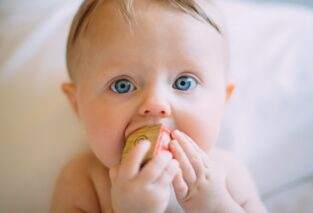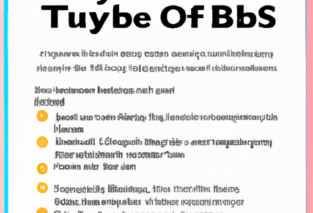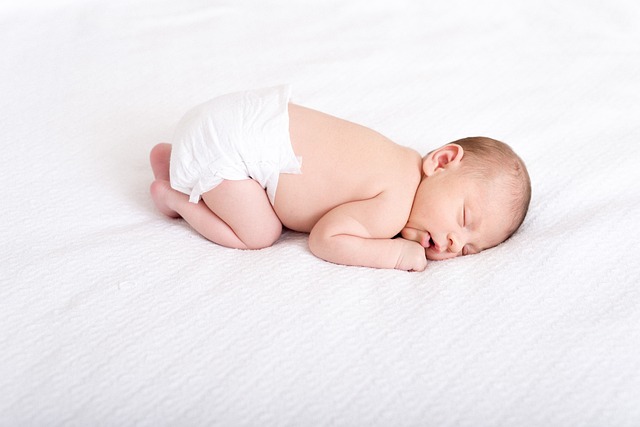In this article, we’ll explore the world of DIY sensory toys and how they can help spark your baby’s curiosity. From simple objects found around the house to more intricate projects, we’ll show you how to create engaging and stimulating toys that will captivate your little one. By the end, you’ll have a treasure trove of ideas to keep your baby entertained and promote their cognitive and sensory development. Let’s get started!

Why DIY Sensory Toys are Important for Babies
Babies are naturally curious beings, constantly exploring the world around them. From the moment they are born, their senses are bombarded with new sights, sounds, textures, and smells. It is during this critical stage of development that sensory toys play a crucial role in stimulating their senses and enhancing their cognitive growth.
Enhancing Cognitive Development
The first years of a baby’s life are pivotal for brain development. As they interact with their environment, their brain begins to form connections, laying the foundation for future learning and cognitive abilities. DIY sensory toys can provide the perfect platform for babies to engage with their surroundings and enhance their cognitive development.
By engaging in sensory play, babies are exposed to various stimuli that promote brain development. They learn to make connections between different sensory inputs, building their understanding of cause and effect. For example, when they touch a soft fabric, they learn that it feels different from a rough surface. Through repetitive play, they develop cognitive skills such as problem-solving, concentration, and memory retention.
Stimulating Sensory Exploration
Babies are born with an innate curiosity to explore and learn about their world. DIY sensory toys provide the ideal opportunity for babies to engage in sensory exploration, stimulating their senses and fostering their overall development.
Sensory toys can help babies refine their sensory perception, as they explore different textures, colors, sounds, smells, and tastes. By engaging their senses, babies learn about their own bodies and the world around them. They develop a deeper understanding of their environment and become more aware of their own capabilities.
Materials for Making DIY Sensory Toys
Creating your own sensory toys for your baby is not only cost-effective but also allows you to customize them to suit your baby’s individual preferences and needs. When selecting materials for making DIY sensory toys, it is essential to choose safe and non-toxic options that are free from harmful chemicals.
Safe and Non-toxic Options
When it comes to selecting materials for DIY sensory toys, safety should always be the top priority. Choose materials that are free from toxic substances, such as BPA, phthalates, and lead. Look for products that are labeled as non-toxic and are specifically designed for children’s use.
Some safe and non-toxic materials you can consider include:
- BPA-free plastic bottles
- Fabric made from organic cotton
- Non-toxic paints and dyes
- Natural materials like wood and bamboo
Household Items
Creating DIY sensory toys doesn’t have to be complicated. In fact, you may already have many suitable materials lying around your house. Household items can be repurposed to create engaging sensory toys for your baby, saving you both time and money.
Here are some common household items that can be used to create DIY sensory toys:
- Empty plastic containers or jars
- Sponges of different textures
- Ribbons or fabric scraps
- Empty cardboard boxes
- Beans, rice or pasta for sensory bins
By reusing items from your home, you not only reduce waste but also encourage creativity and resourcefulness in finding new ways to engage your baby’s senses.
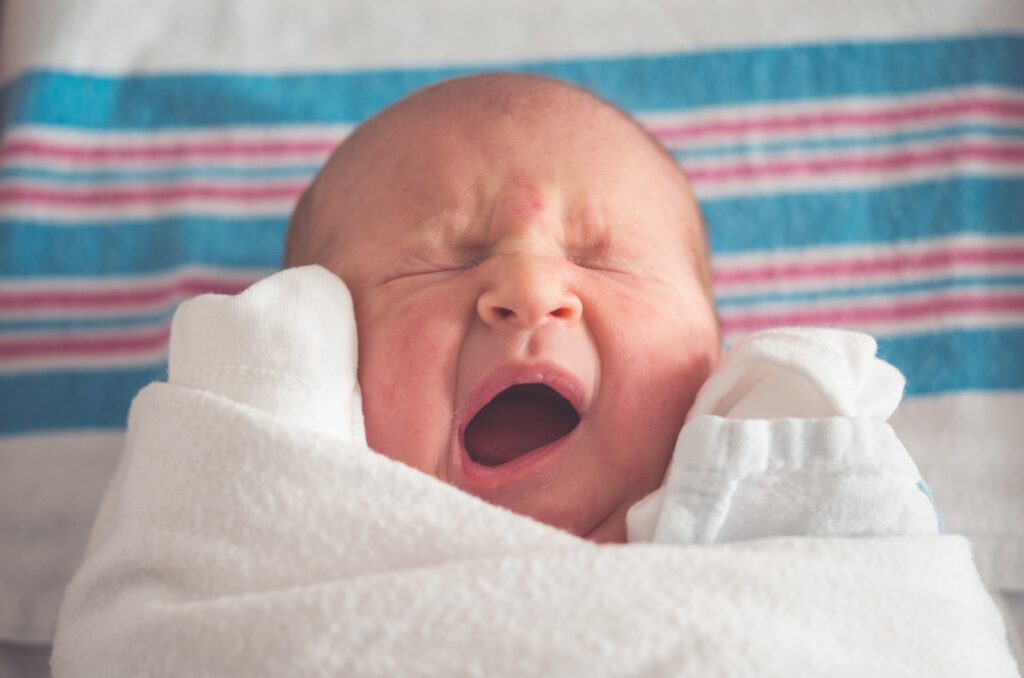
DIY Sensory Toys for Visual Stimulation
Visual stimulation is crucial for a baby’s overall development, as it helps them learn to focus their attention, track objects, and develop their visual perception. DIY sensory toys can provide the visual stimulation needed to captivate and engage your baby’s developing eyes.
Colorful Sensory Bottles
One simple DIY sensory toy that can provide captivating visual stimulation is a colorful sensory bottle. To create a sensory bottle, fill a clear, BPA-free plastic bottle with water and add various objects that will catch your baby’s attention. You can add colored beads, sequins, glitter, or small toys. Securely seal the bottle and let your baby explore the captivating colors and movements as they shake the bottle.
Texture Cards with Vibrant Patterns
Another great DIY sensory toy for visual stimulation is texture cards with vibrant patterns. Create small cards using colorful cardstock or cardboard and attach different textured materials to each card. Use materials like fur, sandpaper, or bubble wrap to create textures that your baby can explore visually and tactually. As your baby flips through the cards, they will be captivated by the vibrant patterns and explore the different textures with their hands.
DIY Sensory Toys for Auditory Stimulation
Auditory stimulation is vital for a baby’s development, as they learn to differentiate between sounds, track the source of sounds, and develop their listening skills. DIY sensory toys can provide the auditory stimulation needed to engage your baby’s developing ears.
Sensory Shakers with Different Sounds
Creating sensory shakers with different sounds is a fantastic way to provide auditory stimulation to your baby. Fill small, clear plastic containers with various materials that make different sounds when shaken. You can use beans, rice, bells, or even small musical instruments. As your baby shakes the containers, they will be delighted by the different sounds and learn to recognize and differentiate between them.
Musical Fabric Squares
Another DIY sensory toy for auditory stimulation is musical fabric squares. Cut small squares from different types of fabric and attach a small jingle bell to each square. You can then sew these squares together, creating a fabric panel with multiple musical segments. Hang the musical fabric squares within your baby’s reach, and as they touch or pull on the squares, they will be rewarded with gentle jingling sounds, stimulating their auditory senses.
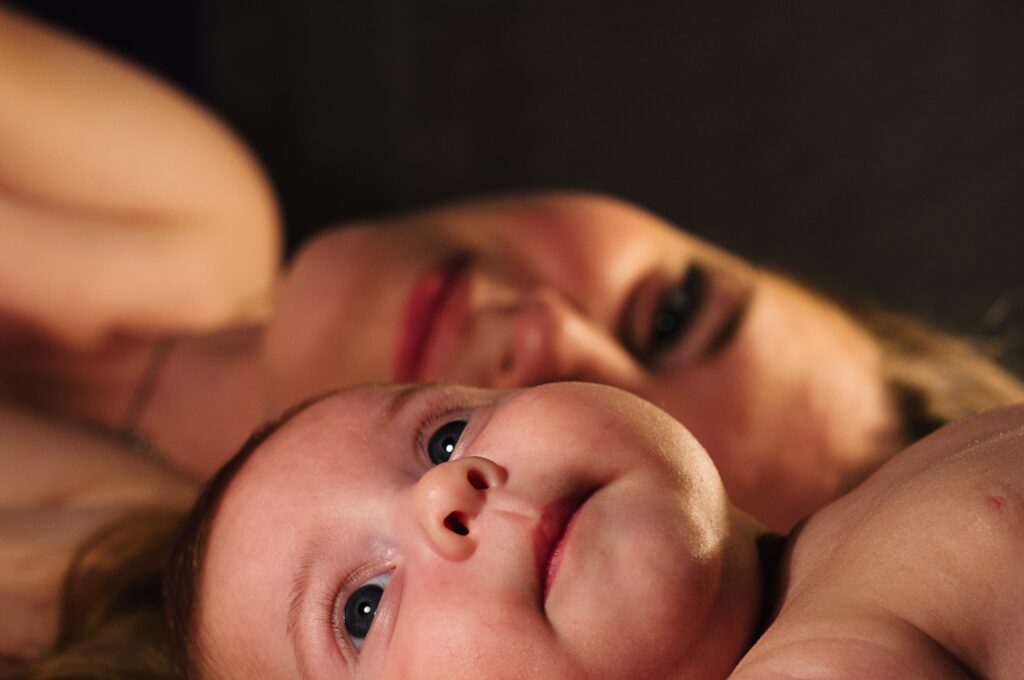
DIY Sensory Toys for Tactile Stimulation
Tactile stimulation is crucial for a baby’s development, as it helps them develop their sense of touch, explore different textures, and improve their fine motor skills. DIY sensory toys can provide the tactile stimulation needed to engage your baby’s developing sense of touch.
Sensory Bins with Various Textures
Sensory bins are a popular and versatile DIY sensory toy for tactile stimulation. Fill a shallow container with different materials that offer a variety of textures for your baby to explore. You can use materials like rice, pasta, beans, cotton balls, or even water beads. Encourage your baby to dig, scoop, and pour the materials, allowing them to discover and engage with different textures and sensations.
Fabric Sensory Book
Creating a fabric sensory book is another excellent DIY sensory toy for tactile stimulation. Cut fabric squares of different colors, patterns, and textures and sew them together to create a small book. You can attach ribbons, buttons, or zippers to the fabric squares for added tactile exploration. As your baby flips through the fabric sensory book, they will engage their sense of touch and develop their fine motor skills.
DIY Sensory Toys for Olfactory Stimulation
Olfactory stimulation, or the sense of smell, is an often overlooked but important sensory experience for babies. DIY sensory toys can provide the olfactory stimulation needed to engage your baby’s developing sense of smell.
Scented Playdough
Making scented playdough at home is a fun and easy DIY sensory toy for olfactory stimulation. Prepare a batch of homemade playdough and add a few drops of essential oils or extracts to create different scents. You can use scents like lavender, lemon, or vanilla. As your baby plays with the scented playdough, they will not only engage their sense of touch but also enjoy the different fragrances, stimulating their sense of smell.
Herb-infused Sensory Rice
Infusing sensory rice with herbs is another great DIY sensory toy for olfactory stimulation. Prepare a batch of sensory rice by coloring rice with food coloring or natural dyes. Add herbs like lavender, rosemary, or mint to the rice and mix well. Place the herb-infused sensory rice in a container and let your baby explore the different colors and scents by running their hands through the rice. The gentle aromas of the herbs will captivate their sense of smell and promote sensory exploration.

DIY Sensory Toys for Gustatory Stimulation
Gustatory stimulation, or the sense of taste, is an essential sensory experience for babies as they explore different flavors and develop their palates. DIY sensory toys can provide the gustatory stimulation needed to engage your baby’s developing sense of taste.
Edible Sensory Paint
Creating edible sensory paint is a fun and safe DIY sensory toy for gustatory stimulation. Mix Greek yogurt or baby food puree with food coloring to create different colored paints. Use a clean paintbrush or your baby’s fingers to explore and taste the edible paint. This sensory activity not only engages your baby’s sense of taste but also encourages their creativity and fine motor skills.
Flavored Sensory Gelatin
Making flavored sensory gelatin is another delicious DIY sensory toy for gustatory stimulation. Prepare different flavors of gelatin following the instructions on the package. Once the gelatin is set, cut it into small cubes or use cookie cutters to create various shapes. Allow your baby to explore and taste the flavored gelatin cubes, stimulating their sense of taste and providing a delightful sensory experience.
Tips for Creating DIY Sensory Toys
When creating DIY sensory toys for your baby, it is important to consider certain factors to ensure the safety and effectiveness of the toys.
Consider Safety Factors
First and foremost, always prioritize safety when creating DIY sensory toys. Ensure that all materials used are safe, non-toxic, and free from small parts that could pose a choking hazard. Regularly inspect the toys for any signs of wear or damage, and discard them if they become worn or broken.
It is also important to supervise your baby during playtime to prevent any accidents or injuries. Keep a close eye on them and ensure that they are playing with the toys appropriately, especially when using sensory toys that involve small objects or liquids.
Engage Baby in the Process
Involving your baby in the creation of DIY sensory toys can be a great way to foster their curiosity and creativity. As they grow older, they can assist you in gathering the materials, choosing the colors or textures, and even assembling the toys. By involving them in the process, you not only create a sense of ownership but also provide valuable opportunities for learning and bonding.
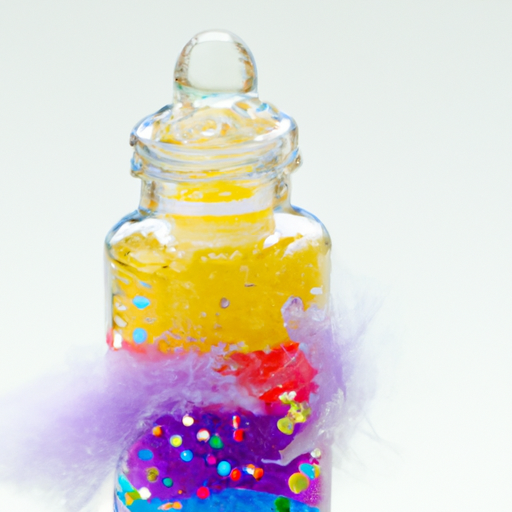
Benefits of DIY Sensory Toys for Babies
Using DIY sensory toys offers numerous benefits for babies’ overall development and growth.
Encouraging Exploration and Curiosity
DIY sensory toys provide a safe and engaging platform for babies to explore their senses and satisfy their curious nature. By engaging with different textures, colors, sounds, smells, and tastes, babies develop a deeper understanding of their environment and become more aware of their own capabilities. Sensory play encourages them to be curious and explore the world around them, fostering a love for learning and discovery.
Promoting Sensory Integration
Sensory integration refers to the process by which the brain processes and makes sense of various sensory inputs simultaneously. By engaging in sensory play with DIY sensory toys, babies develop their ability to integrate information from their senses, leading to improved sensory processing skills.
Furthermore, sensory play promotes the development of fine motor skills, coordination, and hand-eye coordination. When babies manipulate different materials and explore various textures, they are strengthening their grasp, improving their hand-eye coordination, and refining their motor skills.
Conclusion
DIY sensory toys offer a wealth of opportunities for babies to engage their senses, promote cognitive development, and develop their overall skills. By providing visual, auditory, tactile, olfactory, and gustatory stimulation through homemade toys, you can spark your baby’s curiosity, encourage exploration, and promote their sensory integration.
Creating DIY sensory toys doesn’t have to be complicated or expensive. By using safe and non-toxic materials, repurposing items from around your home, and involving your baby in the process, you can provide them with engaging and enriching sensory experiences.
So, unleash your creativity, gather your materials, and embark on the wonderful journey of creating DIY sensory toys for your baby. Watch as they are captivated by the colors, sounds, textures, smells, and tastes, and witness their curiosity and growth flourish with every sensory exploration.



